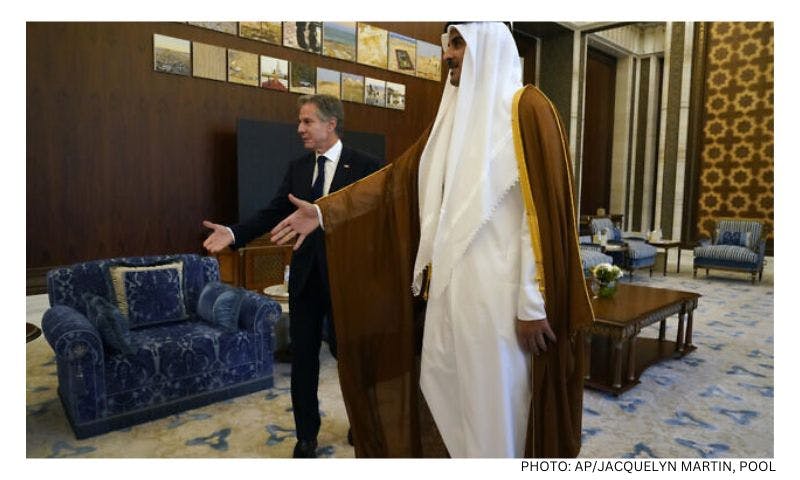Published: 11 June 2019
Last updated: 4 March 2024
The painting, the Flemish master’s depiction of his wife, Hendrickje Stoffels, “opened up a whole world for me – not a world of painting so much as a way of feeling about life that I hadn’t experienced before”, this celebrated Anglo-Jewish artist, considered one of the finest British artists of the post-war era, has said.
Speaking to the Financial Times several years ago, Kossoff wondered, “What else is there to do but draw? My whole world opened up with the Rembrandts and Ruisdaels in the Mond Room” (which incidentally was named after Jewish-German émigré Ludwig Mond, a wealthy chemist who donated priceless Renaissance paintings to the National Gallery in the 1920s).
In an astute piece of curation, the Piano Nobile gallery in Holland Park is showing Kossoff’s own reimagining of that Rembrandt the artist fell in love with as a boy, together with a broad selection of oil works, prints and drawings, in an exhibition titled A London Life, spanning his 70-year career.
Leon Kossoff has London blood coursing through his veins. Born on the borders of Islington and Hackney to Russian-Jewish immigrants in 1926, works by this stalwart of modern British art can sell for millions. Remarkably, Piano Nobile’s small but important survey of Kossoff’s career is his first retrospective since a Tate show in 1996. With all the paintings here held in private collections, this exhibition also marks the first time the artist has seen many of his own works in decades.
Over half a century ago, the Blitz-battered streets of the East End were some of Kossoff’s first subjects. East London suffered heavily from German air raids, as the area was a centre for imports and storage of raw materials (the Germans also hoped to break English morale by targeting the working-classes).
In the years after the war, Kossoff, together with friend and fellow Anglo-Jewish artist Frank Auerbach, would stalk its bombed-out wastelands and building sites, and in the process create a new subject in English landscape painting.
[gallery columns="1" size="large" ids="28830"]
Exhibited here is one of his last “building site” pieces, City Building Site (1961), a torrent of earthy colours and chrome yellow in Kossoff’s thick impasto style. With a street facade and cranes that can only just be made out, it is the artist at his most abstract.
One critic writes in the illustrated catalogue that accompanies the exhibition that London is “Kossoff’s Venice, his city of vistas and movement, translated to the everyday shopping streets of the north”. This body of work, however, is no Venetian beauty. Kossoff’s characters are building sites; disused railway tracks; red brick schools. His palette is most often gloomy, replete with browns, ochres, pale pinks.
Notoriously elusive, he once went 30 years without giving an interview. This discreet attitude is typical of an artist who has always followed his own path. A graduate of St Martin’s and The Royal College of Art, the young Kossoff rejected post-war movements like abstraction and pop and doggedly pursued figurative art (a calling which, with others like Lucian Freud and Francis Bacon, placed his work within what the American artist R. B. Kitaj later dubbed the “School of London”’).
Kossoff’s portraits are less paintings of individuals than they are records of experience. The expressionist Chaïm Soutine’s name occasionally crops up as an influence (one critic has described “the sense, common to both painters, of landscape as interior brooding”).
He is known for spending months at a time working with a single sitter, and their portrait is one he will paint again and again, year after year. The names Fidelma and Seedo, brother Chaim, his father and mother: these are the characters that accompany us during this exhibition.
Kossoff’s work may not be Jewish à la Chagall (that said, I couldn’t help but read a wonderful gesture in Portrait of Chaim No. 2 (1987): the old man’s shoulders sloping left to right, his head turned to the right, a Jewish shrug if ever I saw one).
Arguably, however, they contain a very Jewish intensity, almost anxiety: over long stretches, the artist will apply, scrape back and then re-apply thickly encrusted layers of paint to the canvas, the visual effect resulting in a canvas charged with both emotion and time.
One of the last paintings in the exhibition is of a cherry blossom in the Kossoff garden. The old tree is propped up by two wooden stilts, and has a tranquil, almost elegiac quality to it. Here the thick impasto of earlier work has given way to something lighter, almost liberating.
The colours, the white of the blossoms, the tree trunk shot through with green grass, are softer. One can easily see this as a metaphor for an artist all the more cherished for being in his twilight years, yet whose talent still blooms.
Thirty years ago the famous Australian art critic Robert Hughes described Kossoff as “one of the two English tortoises (the other being Frank Auerbach) who are crossing the finish line just when most of the short-winded art hyped in the 1980s has gone dead on its feet”.
Years later, it would appear this Jewish tortoise is still crossing the finishing line - and in triumph.
Photo: Leon Kossof (courtesy Piano Nobile)




